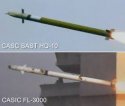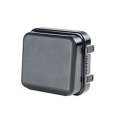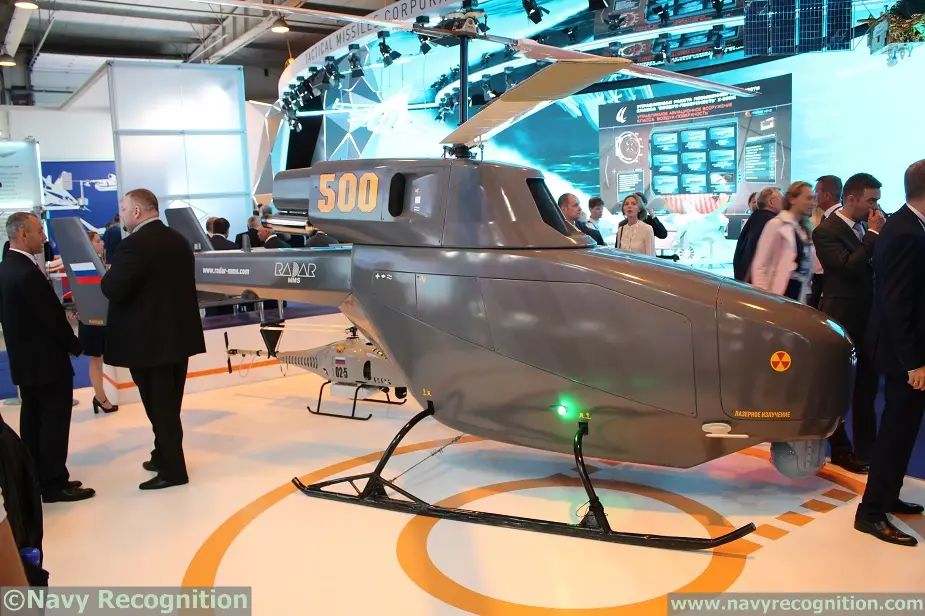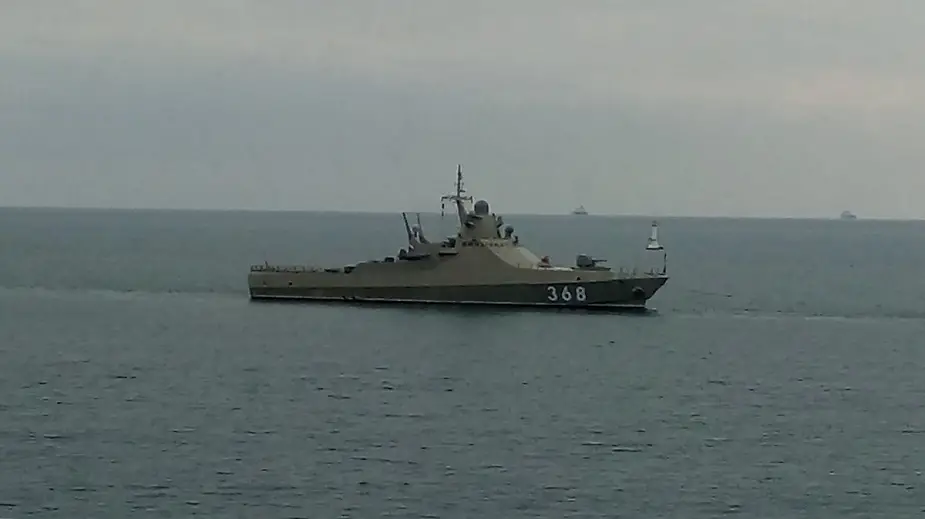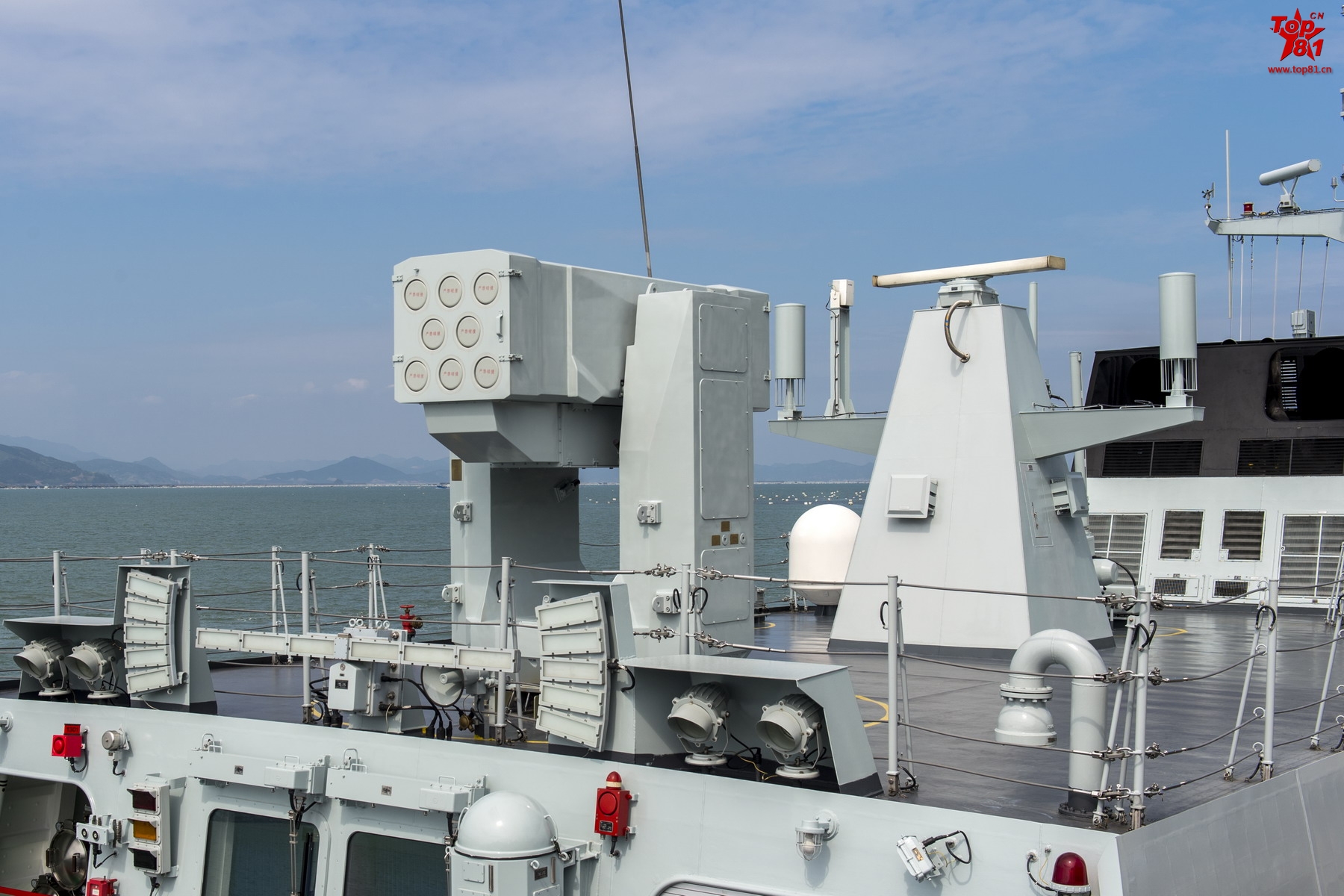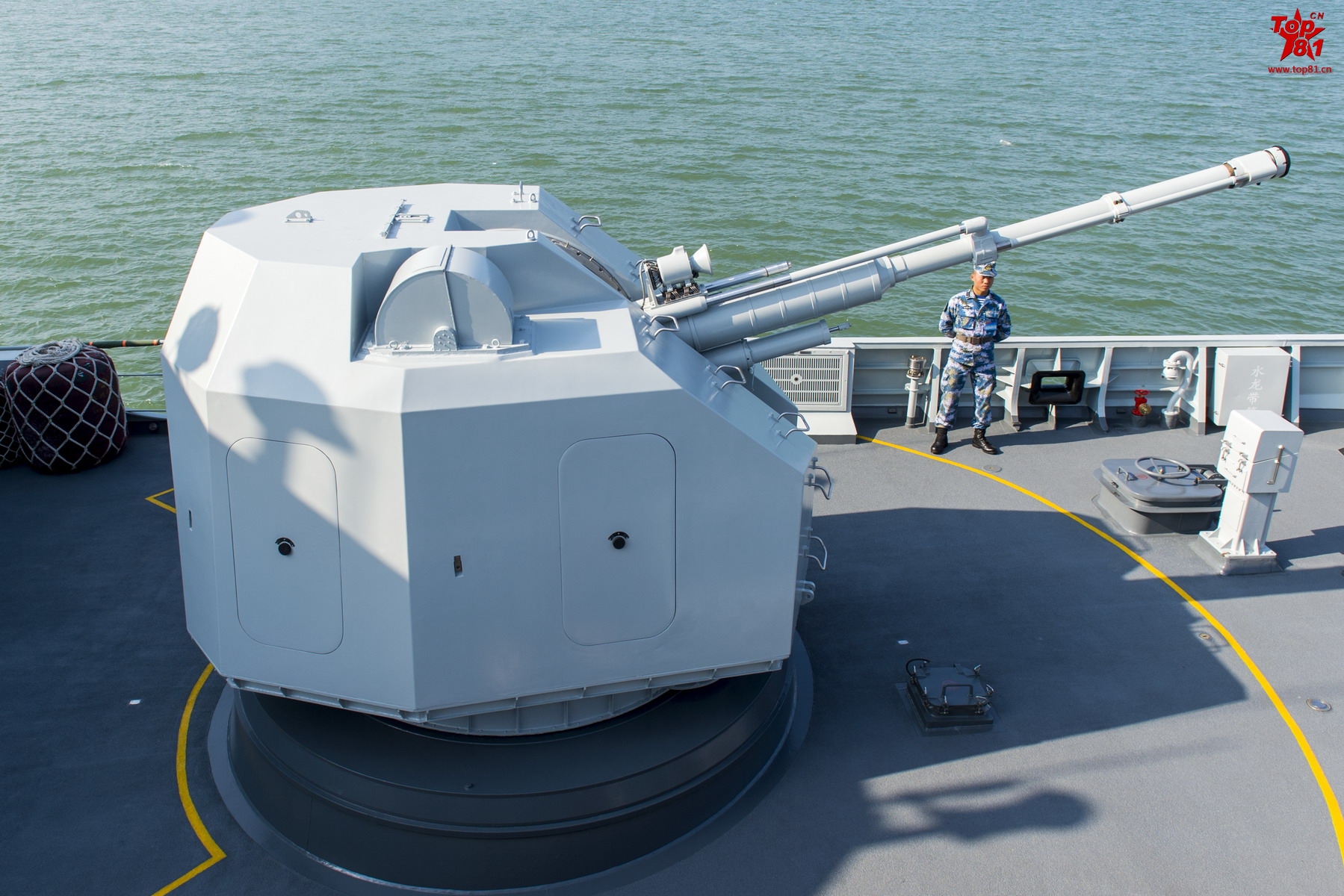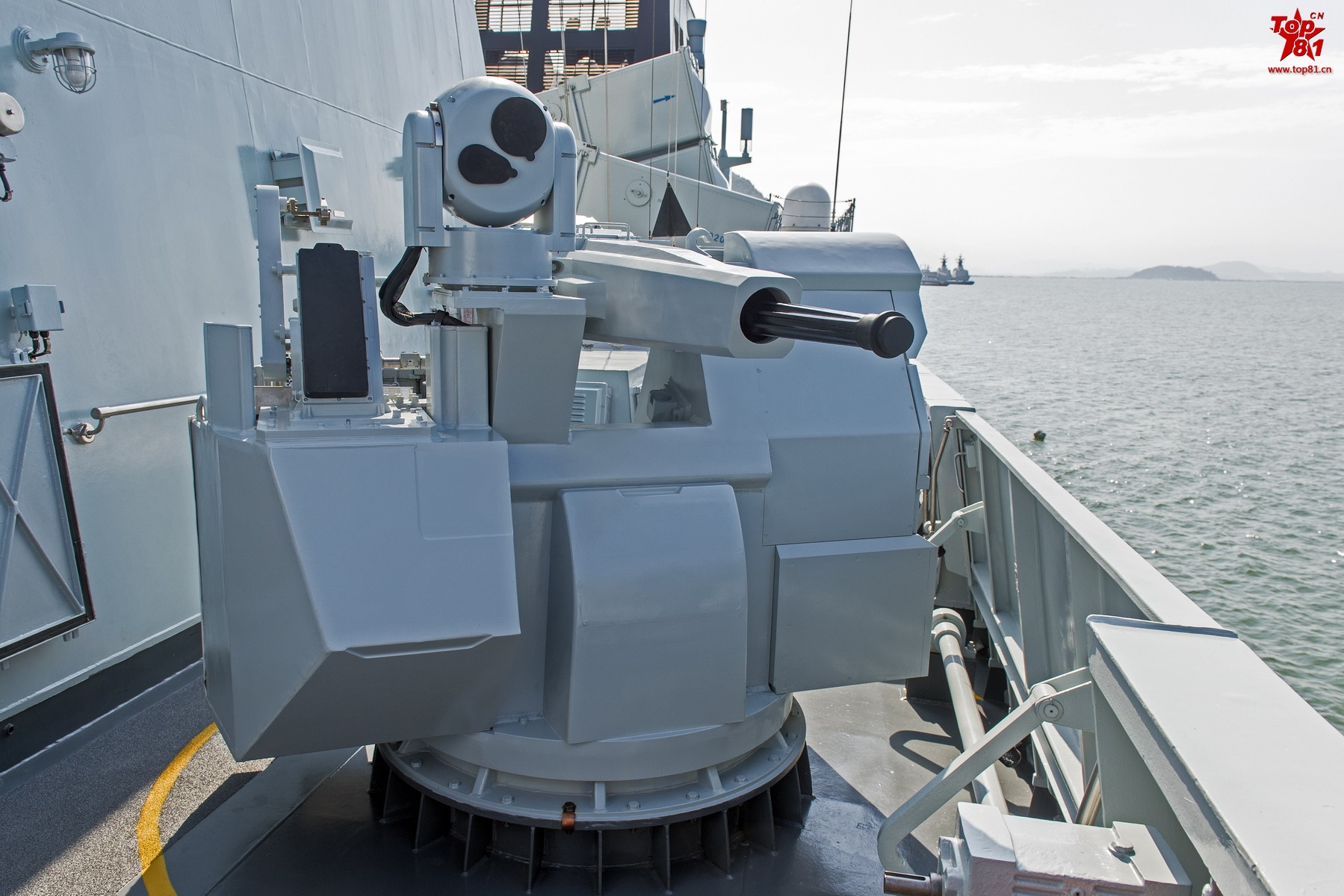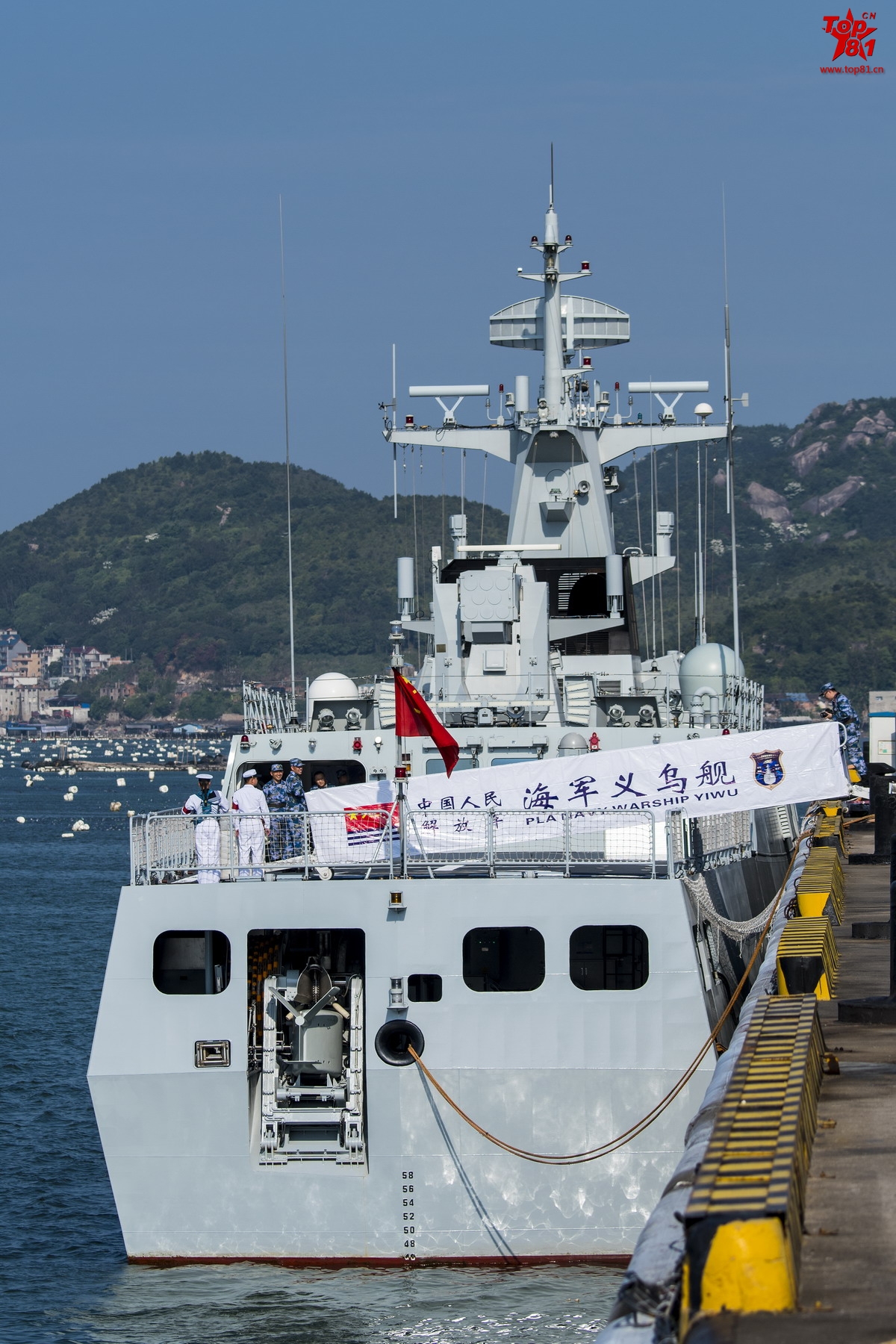The elevation of the Type 364 radar are also limited, as it doesn't scan vertically like phase arrays or planar arrays do. Its mainly meant for surface search, and will catch low flying targets collaterally like any 2D radar do. I never said that I am happy with this choice of radar, and actually I feel more like criticizing it. A full 3D search radar with vertical scanning that's a phase array or AESA can be available for this ship if the PLAN wants to, code named SR2410C, and its been installed on export Type 056s for Bangladesh. Its not as if the designers are unaware of it, they quite are, and probably wish the new radar to be installed on future PLAN Type 056s.
The radar rotates around 30 RPM. That's how fast it updates its picture. If you have a fast incoming target, that's won't be fast enough to track it accurately. This isn't the best type of radar for precise tracking against fast moving and close threats.
To clarify from bad English construction, the Type 364 rotates around 30 RPM maximum.

